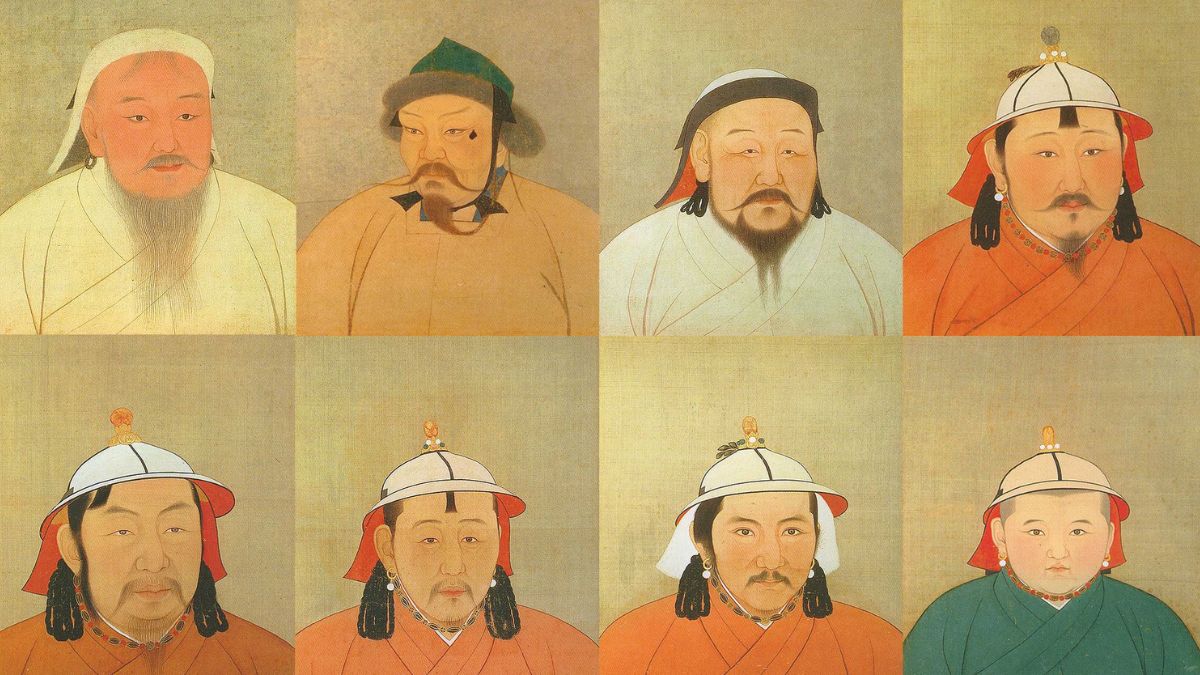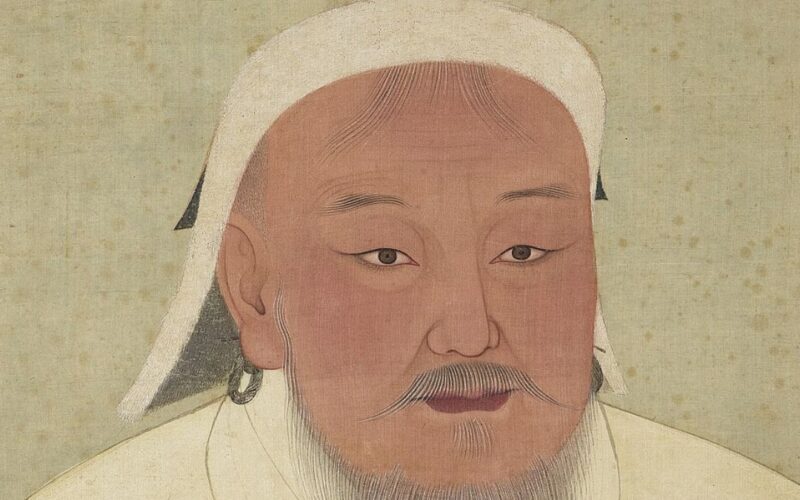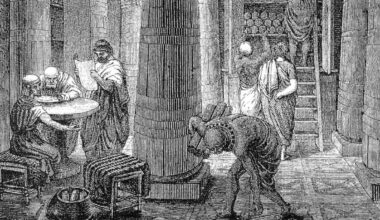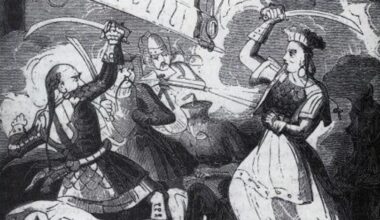Genghis Khan, born Temujin, is a name synonymous with conquest and empire building. He rose from the harsh environment of the Mongolian steppes to become the founder and first Great Khan of the Mongol Empire, the largest contiguous land empire in history. His life and conquests continue to fascinate and inspire both awe and debate centuries later. This article delves into the remarkable journey of Genghis Khan, exploring the key factors that fueled his rise to power and the strategies that enabled him to conquer vast swathes of territory.
From Humble Beginnings to Unifying the Mongol Tribes
Born into a nomadic tribe around 1162 AD, Temujin’s early life was marked by hardship and struggle. Orphaned at a young age, he faced betrayal, poverty, and even enslavement. However, these experiences instilled in him resilience, resourcefulness, and a deep understanding of the complexities of power and leadership.
Temujin’s leadership qualities emerged early on. He possessed a natural charisma and strategic acumen that allowed him to forge alliances with other Mongol tribes. Through a combination of diplomacy, cunning, and military prowess, he gradually united the disparate Mongol clans under his banner. In 1206, at a crucial tribal council known as the Kurultai, he was declared Genghis Khan, meaning “universal ruler,” marking the official birth of the Mongol Empire.

Military Innovations and Ruthless Efficiency
Genghis Khan’s military genius played a pivotal role in his conquests. He revolutionized the traditional nomadic cavalry tactics, creating a highly mobile and disciplined fighting force. The Mongol army was renowned for its speed, agility, and mastery of mounted archery. They employed innovative tactics like feigned retreats, encirclements, and psychological warfare to overwhelm their opponents.
Discipline and meritocracy were central to the Mongol military structure. Soldiers were expected to exhibit unwavering loyalty and obedience, and promotions were based on skill and battlefield performance rather than noble lineage. This system fostered a sense of unity and purpose within the army, contributing significantly to their success.
Genghis Khan’s ruthlessness in dealing with rebellions and conquered populations also played a part in his expansion. He often employed brutal tactics to instill fear and discourage resistance. While these methods remain controversial, they undoubtedly served to consolidate his control over newly acquired territories.
Conquest and Expansion: A Multifaceted Approach
The Mongol Empire’s expansion wasn’t solely driven by military might. Genghis Khan also employed a multifaceted approach that included diplomacy, trade, and cultural exchange. He established trade routes that facilitated the flow of goods and ideas across his vast empire, promoting economic prosperity and cultural integration. Additionally, he incorporated skilled individuals from conquered populations into his administration, leveraging their expertise to govern effectively.
The Conquests of China and Beyond
Genghis Khan’s initial targets were neighboring nomadic tribes and the Jin Dynasty of northern China. He launched a series of meticulously planned campaigns, exploiting his enemies’ weaknesses and utilizing his superior military tactics. After years of relentless warfare, the Jin Dynasty eventually crumbled, paving the way for Mongol dominance in northern China.
Genghis Khan’s ambitions extended beyond China. He set his sights westward, leading his armies into Central Asia, defeating powerful empires like the Khwarezmian Empire. His conquests stretched as far west as the Caspian Sea, laying the groundwork for his successors to further expand the Mongol Empire into Europe.

The Legacy of Genghis Khan
Genghis Khan’s reign marked a turning point in world history. His conquests not only established the largest contiguous land empire but also facilitated cultural exchange and trade on an unprecedented scale. The Mongol Empire’s influence extended across vast regions, leaving an indelible mark on art, architecture, and political systems.
However, Genghis Khan’s legacy remains complex and contested. His ruthlessness in warfare and the destruction inflicted upon conquered populations continue to be points of intense debate. Nevertheless, his undeniable leadership qualities, strategic brilliance, and ability to unite disparate tribes under a single banner solidify his place as one of history’s most influential figures.
Genghis Khan’s rise from a nomadic chieftain to the ruler of a vast empire is a testament to his exceptional leadership, strategic genius, and unwavering ambition. His conquests reshaped the political landscape of Eurasia and left a lasting legacy that continues to be studied and debated centuries later. Understanding the multifaceted nature of his achievements and the complexities of his character is crucial for appreciating the full scope of his impact on the world stage.










